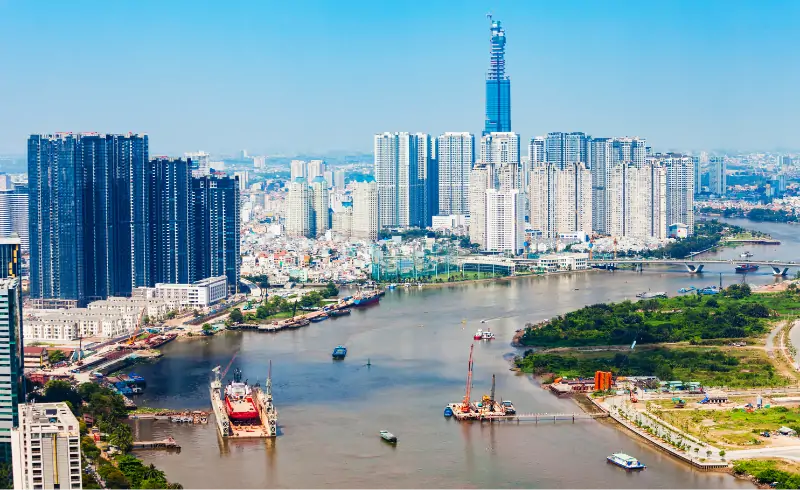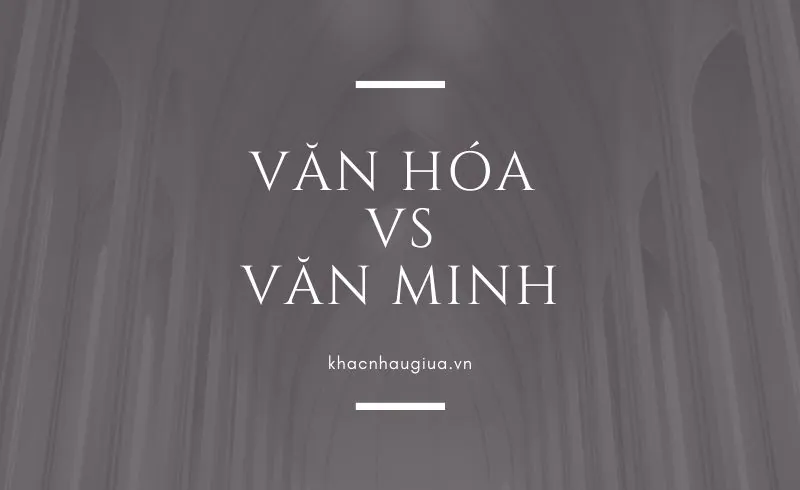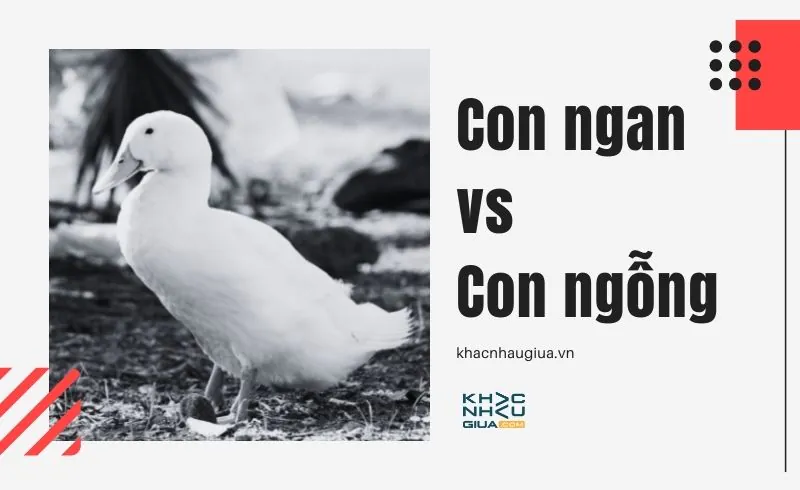As neighboring nations in Southeast Asia, Vietnam and China share some similarities, such as their historical influence of Confucianism, Taoism, and Buddhism, and regional power status. However, they also have profound differences in terms of geography, history, culture, politics, economics, and international relations. Understanding these differences can help us appreciate and respect each country’s distinct identity and perspective.
Key Takeaways
- Vietnam and China are neighboring nations with significant cultural, historical, and geographical differences.
- Exploring these differences can help us appreciate and respect their unique identities and perspectives.
- The topics covered in this article include geography and location, historical background, cultural traditions and customs, political systems and governance, economic development and trade, education and healthcare systems, tourist attractions and natural wonders, and international relations and diplomacy.
- Together, these topics provide a comprehensive overview of the intriguing differences between Vietnam and China.
Geography and Location
When it comes to geographical size, Vietnam and China present a clear contrast. Vietnam, with a land area of 331,210 square kilometers, is only about 28% the size of China, which spans a land area of 9,596,961 square kilometers. In terms of coastline, Vietnam has a stretch of 3,260 kilometers along the South China Sea, while China’s coastline extends for 14,500 kilometers bordering the Pacific, Yellow, and East China Seas.
Both countries share borders with other nations, with China bordering 14 countries, including Vietnam, while Vietnam borders only four countries, including China. Vietnam is located in Southeast Asia, while China is situated in East Asia, and both countries are crucial players in the region’s politics and economy.
Geography and Location Comparison Table:
| Vietnam | China | |
|---|---|---|
| Land Area | 331,210 square kilometers | 9,596,961 square kilometers |
| Coastline | 3,260 kilometers | 14,500 kilometers |
| Bordering Countries | China, Laos, Cambodia, and the Gulf of Thailand | Mongolia, Russia, North Korea, Vietnam, Laos, Myanmar, Bhutan, Nepal, India, Pakistan, Afghanistan, Tajikistan, Kyrgyzstan, and Kazakhstan |
| Location | Southeast Asia | East Asia |
The table above provides a concise summary of the major geographical differences between Vietnam and China. Despite these differences, both countries are home to diverse cultures, traditions, and societies that make them fascinating places to explore.


Historical Background
Vietnam and China may share a border and have had similar cultural and historical influences throughout the years. However, they have distinct histories that have shaped their respective national identities.
Historically speaking, China is one of the oldest civilizations in the world, with a recorded history that dates back over 4,000 years. In contrast, Vietnam, while also a historically rich country, is a much younger civilization, with a recorded history that dates back about 2,500 years.
One of the most significant differences between the two countries was their respective colonial eras. Vietnam’s colonial period was marked by a long period of French occupation, which lasted from the mid-19th century until the mid-20th century. China, on the other hand, had its colonial period marked by the so-called “century of humiliation”, during which the country was colonized by several Western powers and Japan.
In terms of the dynasty period, Vietnam had a diverse range of dynasties, including the Ly, Tran, and Nguyen dynasties, while China had significant dynasties, including the Han, Tang, and Ming dynasties.
These historical differences have had significant impacts on the development of both countries’ cultural, political, and economic systems in the post-colonial era.


Cultural Traditions and Customs
Vietnam and China have distinct cultural traditions and customs that reflect their histories, religions, and beliefs. While they share some similarities, there are also significant differences that set them apart.
Languages
The most evident distinction between Vietnam and China’s languages is that Vietnam’s official language is Vietnamese, which uses the Latin alphabet, while China’s official language is Mandarin, which uses Chinese characters. Vietnamese is the dominant language in Vietnam, while Mandarin is the lingua franca in China.
Religions
Vietnam and China have different religious beliefs. Vietnam’s main religion is Buddhism, which has a significant influence on its culture and values. China, on the other hand, has a mix of religions, such as Taoism, Confucianism, and Buddhism.
Cuisines
Vietnamese and Chinese cuisines have unique flavors and styles. Vietnamese cuisine is known for its fresh herbs, spices, and sauces, while Chinese cuisine is known for its diverse regional styles and techniques, such as stir-frying, steaming, and braising.


Arts and Festivals
Vietnam and China have a rich history of traditional arts and festivals. While both countries have unique celebrations, such as Vietnam’s Tet holiday and China’s Lunar New Year, they also share some customs, such as ancestor worship and dragon dance performances.
Social Etiquette
Vietnamese and Chinese social etiquette differ in some ways. Vietnamese people value humility, respect for elders, and harmony in social interactions. Chinese people also value respect for elders but tend to be more formal and hierarchical in their communication style.
Overall, the cultural traditions and customs of Vietnam and China showcase their unique identities and historical legacies. Understanding these differences is essential in fostering cultural awareness and appreciation.

Political Systems and Governance
Vietnam and China have different political systems and governance structures. Vietnam is a socialist-oriented state, with a single-party system led by the Communist Party of Vietnam. On the other hand, China is a socialist state governed by the Communist Party of China.
The political ideology of Vietnam is based on Ho Chi Minh’s ideology, which promotes nationalism, socialism, and internationalism. The government’s structure consists of the National Assembly, the President, the Prime Minister, the Supreme Court, and the People’s Procuracy.
Similarly, China’s political system is also based on the communist ideology, advocating for Marxism-Leninism and Mao Zedong Thought. The country is divided into 23 provinces, five autonomous regions, four municipalities, and two special administrative regions. The highest governing body is the National People’s Congress, which elects the country’s President and Premier.
| Vietnam | China | |
|---|---|---|
| Ruling Party | Communist Party of Vietnam | Communist Party of China |
| Government Structure | National Assembly, President, Prime Minister, Supreme Court, and People’s Procuracy | National People’s Congress, President, Premier |
| Political Ideology | Ho Chi Minh’s ideology promoting nationalism, socialism, and internationalism | Communist ideology promoting Marxism-Leninism and Mao Zedong Thought |
Furthermore, both countries have different approaches to governance. Vietnam practices a more decentralized governance system, where local governments have more autonomy in decision-making. China, however, has a more centralized governance system, where the central government has more power and control over local governments.
Despite their differences, both countries have made significant progress in their respective political systems and governance structures. Vietnam has successfully transitioned from a planned economy to a market-oriented economy, while China has become a global economic power. However, they still face challenges in terms of corruption, censorship, and human rights issues.
Economic Development and Trade
In terms of economic development and trade, Vietnam and China have taken distinct paths that have led to different outcomes. While both countries are major players in the global economy, they have unique economic models, industries, and trade relations. Let’s take a closer look at the differences between Vietnam and China.
Economic Development Models
Vietnam and China have different economic development models, with Vietnam transitioning from a centrally planned economy to a market-oriented one in the late 1980s, while China began its market reforms in the late 1970s. China has since achieved remarkable economic growth, becoming the world’s second-largest economy. Meanwhile, Vietnam’s economic growth has been steady but not as rapid as China’s.
One key difference is their approach to foreign investment. China has been successful in attracting foreign direct investment (FDI) due to its large market and low wages. Vietnam, on the other hand, has been advancing in the manufacturing industry, becoming a hub for foreign investors seeking lower costs of production and export-oriented growth.
Industries
Another significant difference between Vietnam and China is their leading industries. China has a diversified industry, ranging from manufacturing to services, with a focus on high-tech sectors such as telecommunications, e-commerce, and artificial intelligence. Vietnam, on the other hand, is mostly known for its textile and garment industry, which accounts for the largest share of its exports.
However, Vietnam has been making strides in recent years to diversify its economic landscape, particularly in manufacturing and high-tech sectors. This diversification has been accompanied by the rise of a booming start-up ecosystem, attracting significant investment from Silicon Valley and other tech hubs around the world.
Trade Relations
Vietnam and China have different approaches to trade relations. While both countries are members of the World Trade Organization (WTO) and the Association of Southeast Asian Nations (ASEAN), Vietnam has been more proactive in pursuing trade liberalization and international economic integration.
In 2015, Vietnam signed the Trans-Pacific Partnership (TPP), a trade agreement involving 12 countries that aimed to reduce trade barriers and promote economic growth. The TPP was later replaced by the Comprehensive and Progressive Agreement for Trans-Pacific Partnership (CPTPP) in 2018, with Vietnam as one of the signatories. This agreement has helped Vietnam to boost exports and attract foreign investment.
China, on the other hand, has taken a more protectionist stance in recent years, focusing on domestic consumption and promoting “Made in China” products. This has led to trade tensions with the United States and other countries, resulting in the imposition of tariffs and negotiations for a potential trade deal.
Conclusion
Overall, the economic development and trade differences between Vietnam and China stem from their unique historical, cultural, and political factors. While China has been more successful in achieving rapid economic growth and attracting foreign investment, Vietnam has been diversifying its economy and pursuing trade liberalization. Understanding these differences can provide valuable insights into these neighboring nations and their roles in the global economy.
Education and Healthcare Systems
Education and healthcare systems are essential components of any society’s development and progress. In Vietnam and China, the approaches to education and healthcare differ in various ways, which highlight their unique priorities and challenges.
Education
Vietnam and China have different educational systems, reflecting their respective political ideologies and cultural values. In Vietnam, the government emphasizes equal access to education, and primary and secondary education is compulsory. Vietnam’s literacy rate is 97.3%, reflecting the country’s commitment to education. In contrast, China has a more centralized and standardized education system, with the government prioritizing excellence and innovation in science and technology. The literacy rate in China is 96.4%.
Both countries have made significant progress in expanding access to education, particularly to underprivileged communities. In Vietnam, the government has implemented policies to increase enrollment rates and reduce gender disparities, and the country has achieved near-universal access to primary education. In China, the government has invested heavily in education, with a focus on rural areas and vocational education.
Healthcare
The healthcare systems in Vietnam and China have both undergone significant transformations in recent decades. Vietnam has made progress in expanding access to healthcare, with the government implementing policies to improve the quality of healthcare facilities and services. However, the country still faces challenges in providing adequate healthcare to its population, particularly in rural areas. In contrast, China has made considerable progress in improving its healthcare system, with the government investing heavily in public health infrastructure and technology.
Life expectancy in Vietnam is 75 years, while in China, it is 76 years. Both countries face similar healthcare challenges, such as an aging population, rising healthcare costs, and the need to improve preventative care and disease management. However, Vietnam’s healthcare system is more focused on primary care and community-based health services, while China’s healthcare system is more centralized and hospital-based.
Comparison
| Aspect | Vietnam | China |
|---|---|---|
| Literacy rate | 97.3% | 96.4% |
| Approach to education | Emphasis on equal access to education | Focus on excellence and innovation in science and technology |
| Primary education enrollment rate | Near-universal access | High enrollment rates |
| Approach to healthcare | More focused on primary care and community-based services | More centralized and hospital-based |
| Life expectancy | 75 years | 76 years |
Overall, Vietnam and China have different approaches to education and healthcare, reflecting their respective cultural values and political priorities. Vietnam prioritizes equal access to education and community-based healthcare services, while China emphasizes innovation in science and technology and investment in public health infrastructure. Understanding these differences is crucial in appreciating the unique strengths and challenges of these neighboring nations.
Tourist Attractions and Natural Wonders
Vietnam and China are two countries rich in natural beauty and remarkable landmarks, attracting millions of visitors every year. Here are some of the most iconic tourist attractions and natural wonders that make them stand out:
Vietnam
- Halong Bay: This UNESCO World Heritage Site is a breathtaking natural wonder in the Gulf of Tonkin, with thousands of limestone islands and islets rising from the emerald waters.
- Hoi An Ancient Town: This charming riverside town is a living museum of Vietnamese and Chinese traditions, with well-preserved temples, pagodas, and shop-houses dating back to the 15th century.
- Ho Chi Minh Mausoleum: This grand monument in Hanoi houses the embalmed remains of Vietnam’s iconic leader Ho Chi Minh, surrounded by beautiful gardens and historical landmarks.
- Phong Nha-Ke Bang National Park: This unique national park in central Vietnam boasts a vast network of spectacular caves and grottoes, including the world’s largest cave Son Doong.
China
- Great Wall of China: This UNESCO World Heritage Site is a symbol of Chinese engineering and fortification, stretching over 13,000 miles across mountains, deserts, and valleys.
- Forbidden City: This imperial palace in the heart of Beijing is a masterpiece of Chinese architecture and design, featuring over 9,000 rooms, halls, and pavilions.
- Terracotta Army: This archaeological wonder in Xi’an is a collection of life-size pottery soldiers, horses, and chariots buried with Emperor Qin Shi Huang to protect him in the afterlife.
- West Lake: This scenic lake in Hangzhou is a tranquil oasis of beauty and culture, surrounded by parks, temples, and tea plantations.
Whether you’re interested in exploring ancient civilizations, immersing in vibrant cultures, or admiring natural scenery, Vietnam and China have much to offer. You can experience the contrast and comparison of these two neighboring countries by discovering their unique tourism destinations and natural wonders.
International Relations and Diplomacy
Vietnam and China share a complex and multifaceted relationship that has evolved over centuries. While they are geographically and culturally close, their political ideologies and economic interests diverge, leading to both cooperation and competition.
The main differences between Vietnam and China in terms of international relations and diplomacy can be traced back to their historical context. Vietnam has historically been wary of China’s dominance in the region and has often looked for support from external powers to counterbalance China’s influence. On the other hand, China has viewed Vietnam as a crucial strategic partner and a gateway to Southeast Asia.
Today, Vietnam and China maintain diplomatic relations and are members of various regional and international organizations such as the ASEAN, APEC, and the UN. However, their relations have been strained by disputes over the South China Sea, where both countries claim sovereignty over certain islands and waters. This issue has raised tensions and led to maritime clashes between Vietnamese and Chinese vessels.
In recent years, Vietnam has sought to diversify its diplomatic ties by strengthening its relationships with other countries such as the United States, Japan, and India. This move has been seen as a response to China’s assertive foreign policy and its Belt and Road Initiative, which aims to expand China’s influence in the region and beyond. Additionally, Vietnam has been actively involved in multilateral agreements such as the Comprehensive and Progressive Agreement for Trans-Pacific Partnership (CPTPP), which excludes China.
China, on the other hand, has been expanding its economic and diplomatic reach through its Belt and Road Initiative, which seeks to build infrastructure and boost trade and investment across Asia, Africa, Europe, and the Middle East. China has also been promoting its version of regional cooperation through the Shanghai Cooperation Organization (SCO) and the Asian Infrastructure Investment Bank (AIIB).
Overall, while Vietnam and China have many similarities, their differences in terms of international relations and diplomacy reveal the complexities of their relationship. As they navigate their bilateral ties and seek to play larger roles in the regional and global arena, it remains to be seen how they will balance cooperation and competition.
Conclusion
In conclusion, exploring the intriguing differences between Vietnam and China has revealed the unique characteristics that distinguish these neighboring nations. From their geography and historical background to cultural traditions and political systems, Vietnam and China have distinct identities that shape their development and relations with the world. Acknowledging and appreciating these factors is crucial for understanding their complexities and avoiding misinterpretations or stereotypes.
As Vietnam and China continue to evolve and interact with each other and the world, their differences and commonalities will define their futures. Whether it is in trade relations, international diplomacy, or cultural exchange, recognizing the nuances and values of each country is essential for fostering mutual respect and cooperation. Both Vietnam and China have contributed significantly to the richness and diversity of Asia and the world, and their contributions will continue to shape our future.



































